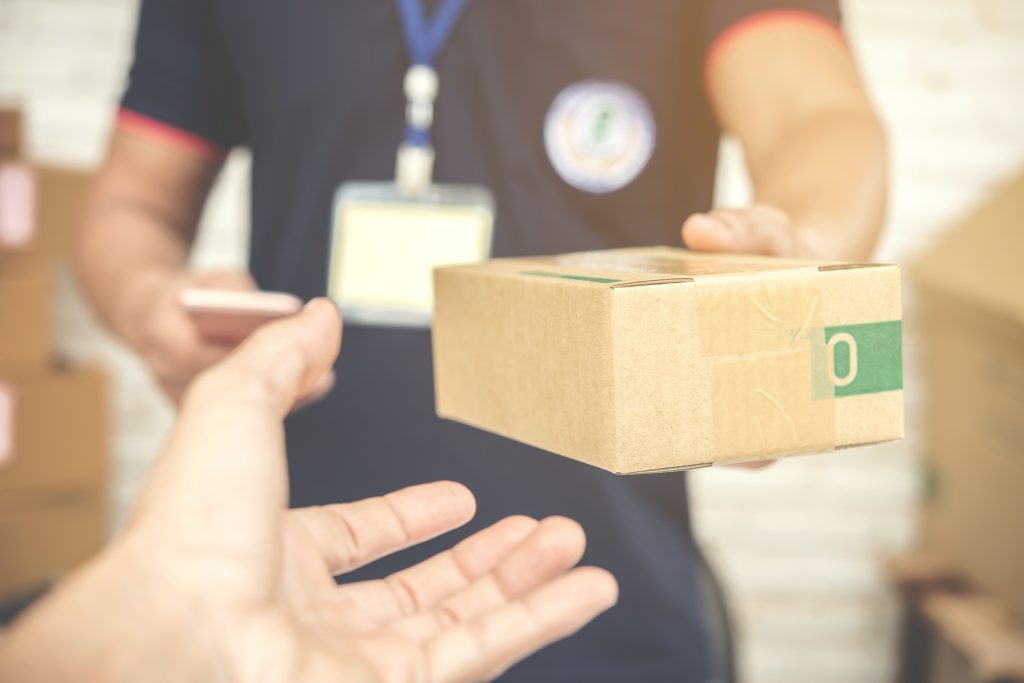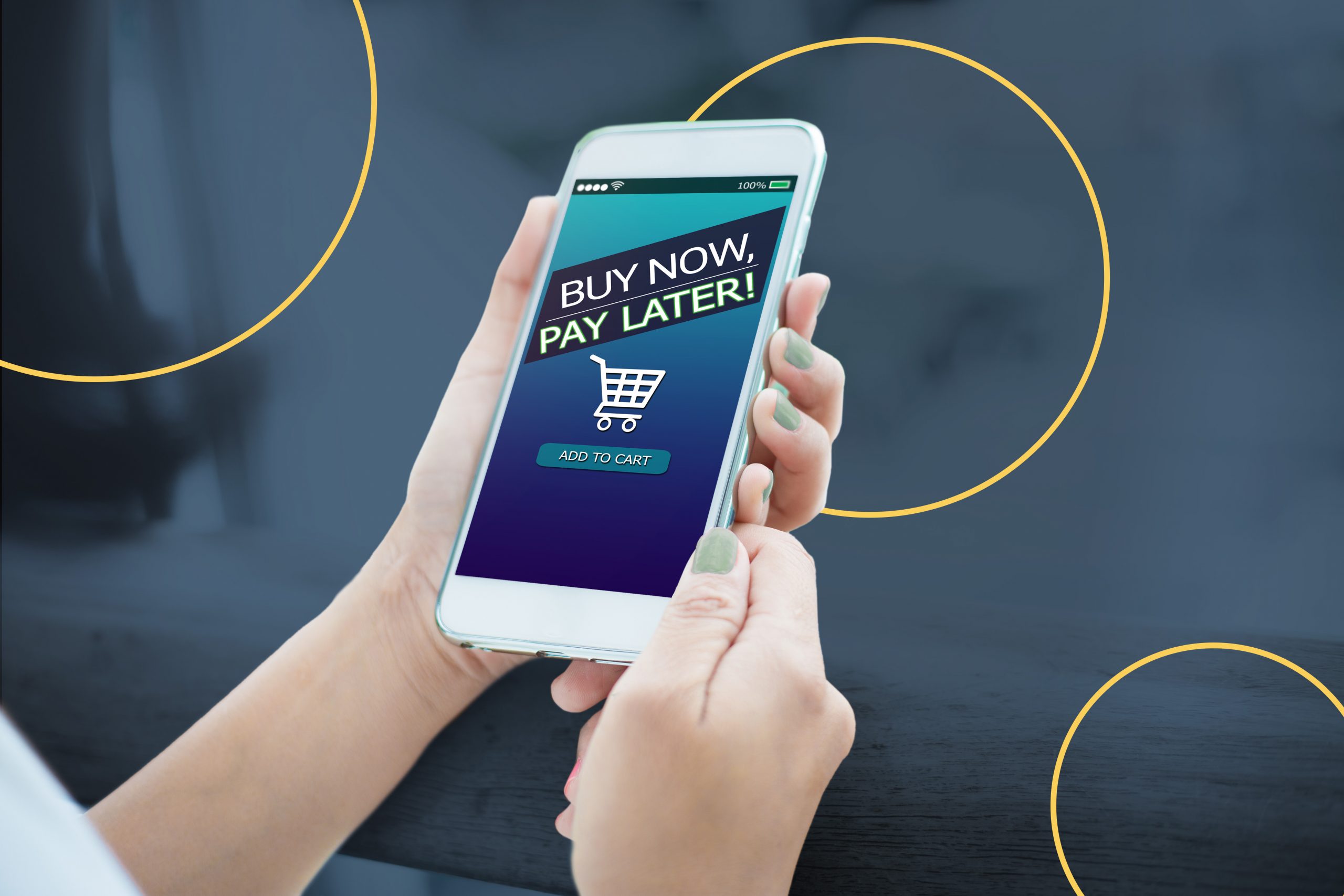Buy now, pay later (BNPL) is an innovative method of payment that has begun to gain prominence in the eCommerce industry in recent years. The payment method known as “buy now, pay later,” which gained popularity throughout the pandemic, is today viewed from a different angle: as a means of bringing millions of people worldwide into the realm of finance. On a number of fronts, BNPL has drawn mixed reactions. On the contrary, by providing consumers with accessible, low-cost credit, these services increase their ability to shop and aid in money management. Let’s learn more about the Buy Now Pay Later system in the Philippines.

What is Buy Now Pay Later (BNPL) in the Philippines?
A particular type of short-term financing known as “buy now, pay later” (BNPL) enables customers to purchase items and pay for them gradually, typically at no interest. Although there are several possible pitfalls to be aware of, using BNPL backing can be simple.
Status of Buy Now Pay Later in the Philippines
Because of its ease, buy now, pay later (BNPL) programs are becoming more popular in the Philippines. The credit-starved marketplace is being exploited by BNPL firms. Two out of ten adult Filipinos, according to statistics from the Bangko Sentral ng Pilipinas, own bank accounts, and fewer have credit cards.
Aside from this, a large percentage of individuals do not have additional money, and the unbanked population lacks the required paperwork and does not know how to open an account.
Opportunities for the FinTech and eCommerce Industry
Fintech and eCommerce companies are eager to take advantage of this chance by providing buyers with more appropriate and readily available solutions. The Philippines’ BNPL industry’s moderate to long-term growth trajectory is still going robust.
The usage of BNPL payments is anticipated to increase gradually over the course of the anticipated time frame, with a CAGR of 16.6% from 2021 to 2028. By 2028, the nation’s BNPL Gross Merchandise Value—which was US$ 210.2 million in 2020—will have increased to US$ 912.6 million, according to the BSP.
How does Buy Now Pay Later work in the Philippines?
Systems known as “buy now, pay later” (BNPL) vary in terms and circumstances but often provide fixed-rate, interest-free short-term financial assistance. To perform the transaction, you can utilize a BNPL app, or your credit card may offer BNPL choices.
You can choose to “buy now, pay later” at the checkout when making an order at a partner retailer when using BNPL. The remainder of the loan is then paid off over a period without interest installments, typically a few months or a few weeks.
What is the difference between a BNPL and a Credit Card?
The primary distinction between a credit card and BNPL is that credit cards typically impose interest on any balances that can be carried over to the following payment cycle. While some credit cards have 0% APRs (annual percentage rates), this might not be the case all the time.
BNPL applications typically have a set payback schedule and no extra charges or interest. You will always make the same amount of payments, which you are aware of in advance.
How does Buy Now Pay Later in the Philippines affect your credit?
The majority of buy-now-pay-later businesses simply need a mild credit check to approve an application; this has no impact on your credit score. But, someone else might perform a strong draw on your credit report, which might briefly lower your score by a few marks.
Market Investments in Buy Now Pay Later in the Philippines
Businesses have been raising more money to fuel their international expansion into additional new markets and to boost their growth amid the increasing demand for BNPL products in Southeast Asia.
In an effort to increase their share of the market in the Philippines, BNPL companies are growing their product offerings alongside the country’s ongoing BNPL trend. Retail brands in the Philippines have a strong desire to provide their clients with a flexible BNPL payment option. As a result, international companies are expanding into the Philippines to meet the increasing demand from brick-and-mortar and eCommerce businesses.
Demographics for Buy Now Pay Later in the Philippines
Filipinos belonging to the millennial and Z generations are more likely than their elder counterparts to select a BNPL model. Young companies and entrepreneurs are more inclined to look for methods to reduce recurring expenses, including by using BNPL services since they are more cognizant of their own finances.
Rapid Expansion of Buy Now Pay Later in the Philippines
Because Filipinos are unable to obtain official banking services, BNPL service providers in the country are now providing loans with different interest rates. However, quick commercial growth can also make organizations think about new endeavors. Physical retail, healthcare, and investing are plausible areas for future growth.

Electronic Payments in Buy Now Pay Later
The pandemic accelerated merchants’ and customers’ use of electronic payment methods in 2020. Virtual card and electronic transfer of funds usage drove a 25% increase among electronic payments to sellers in the initial half of 2020, corresponding to the State of Digital Payments in the Philippines 2021 study.
According to our survey, the potential to earn prizes, rewards for loyalty, and cash incentives were the main reasons given by interviewees for making the transition to digital payments, followed by efficiency.
Circumventing Laws on Buy Now Pay Later in the Philippines
Numerous firms are not only growing their ties with merchants but also effectively pursuing more funding from investors, particularly those who support fintech. By utilizing the local loans and finance that are readily available, additional local BNPLs are concentrating on expanding their presence outside of Metro Manila.
This lending approach is advantageous for companies despite the possibility of payment defaults since it provides a means of circumventing the Lending Company Regulation Act of 2007, which caps interest rates on loans at amounts below what is considered excessive.
Risks of Buy Now Pay Later in the Philippines
Consumers often splurge on items they usually wouldn’t be able to manage if they had to pay ahead, which is one of the main concerns connected with BNPL. This can result in overwhelming debt, which some people could find challenging to pay off.
Though most BNPL plans waive interest, more suppliers are beginning to do so in addition to late fees. Customers may be assessed extra costs if they are unable to fulfill their BNPL payment plan. These costs can pile up quickly and put additional financial hardship on top of what was already anticipated, depending on the supplier. If consumers don’t exercise caution, this could push them deeper into debt.
Identifying Risks to BNPL
Identity Theft and Fraud
Because of its quickness, fraudsters using stolen or fictitious identities can obtain tangible things with less chance of being discovered at first, making them an attractive target for this method.
Liability to Fees and Charges
Chargebacks from retailers are assumed by many BNPLs. As an ensured solution in addition to an electronic payment system, the chargeback provides another reason for the vendor in order to encourage customers to use this form of payment.
Benefits of BNPL for Businesses
A BNPL vendor will send money to the merchant immediately following the purchase made by a client. Thanks to the use of advanced algorithms, these organizations can take on credit danger for the prospective merchant and the customer, paying them even if the customer declines.
Increased Conversion Rates
Consumers are far more inclined to finish their purchases when they have the option of settling for it gradually rather than having to pay the entire amount at once. Additionally, BNPL can assist retailers in raising their average order value (AOV). They can entice clients to buy more expensive things that they could not have otherwise been capable of affording by providing repayment plans.
Bringing in New Clients
In the Philippines, purchasing now and paying later has the added benefit of drawing in new clients. With the aid of BNPL, retailers may access a larger market, grow their clientele, and foster greater loyalty to the company. The BNPL options may be especially tempting for clients who do not possess credit cards or who don’t want to use them for a particular expenditure. You can increase these clients’ access to your products and services by providing BNPL.
Competitive Methods of Payment
Merchants can differentiate themselves in a crowded market by providing a more competitive and comprehensive payment alternative by working with BNPL providers. Additionally, merchants have access to insightful statistics and information on the buying habits of their clientele.

With buy-now-pay-later (BNPL) loans, you are able to make purchases right away and pay them off interest-free over time. Make sure you are aware of the terms and circumstances and that you will be capable of making all of the repayments on time if you are thinking of utilizing a BNPL plan. Think about the costs involved and the repercussions you might incur if you struggle to make the installments. With this in mind, you ought to be reminded not to let budget constraints hold you back from your procurement goals. With Shoppable’s buy now pay later option, you can shop to your heart’s content and settle the bill later.










